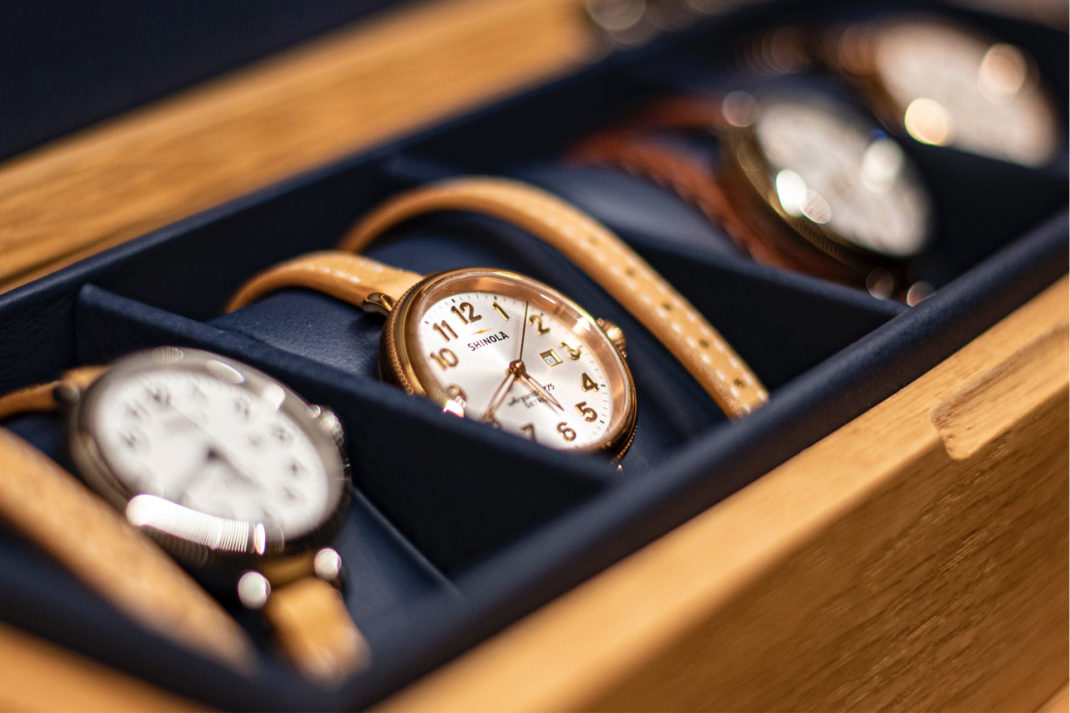The Apprentice: Keeping The Skill Of British Heritage Brands Alive
By
4 years ago
For heritage brands, traditional skills and trained apprentices have never been more important
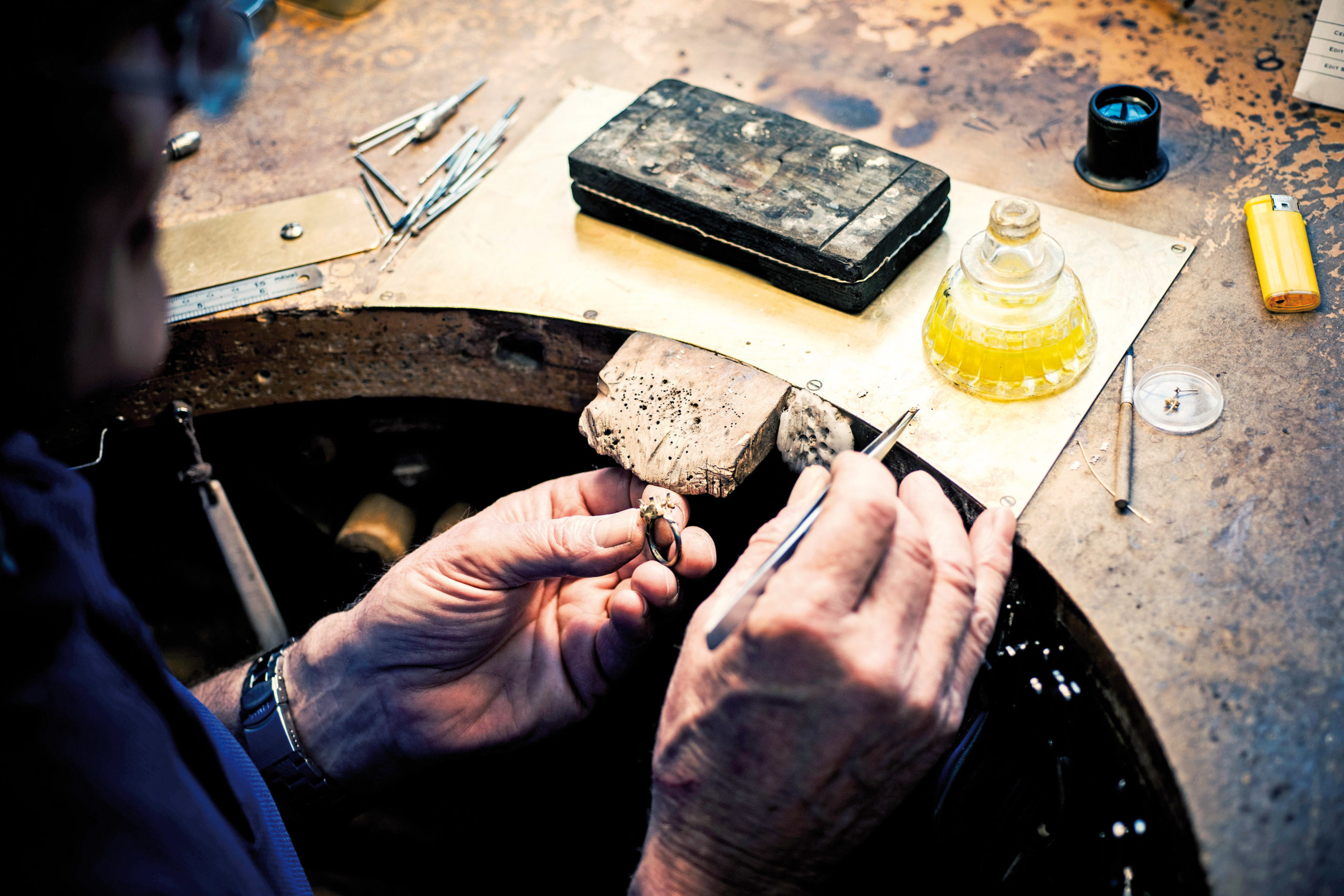
Craft specialists are indispensable to Britain’s heritage brands, but their traditional skills are disappearing. Apprenticeships are now more important than ever, says Francesca Fearon.
The Best of British Style – Fashion, Beauty, Brands & More
The Apprentice: Keeping The Skill Of British Heritage Brands Alive
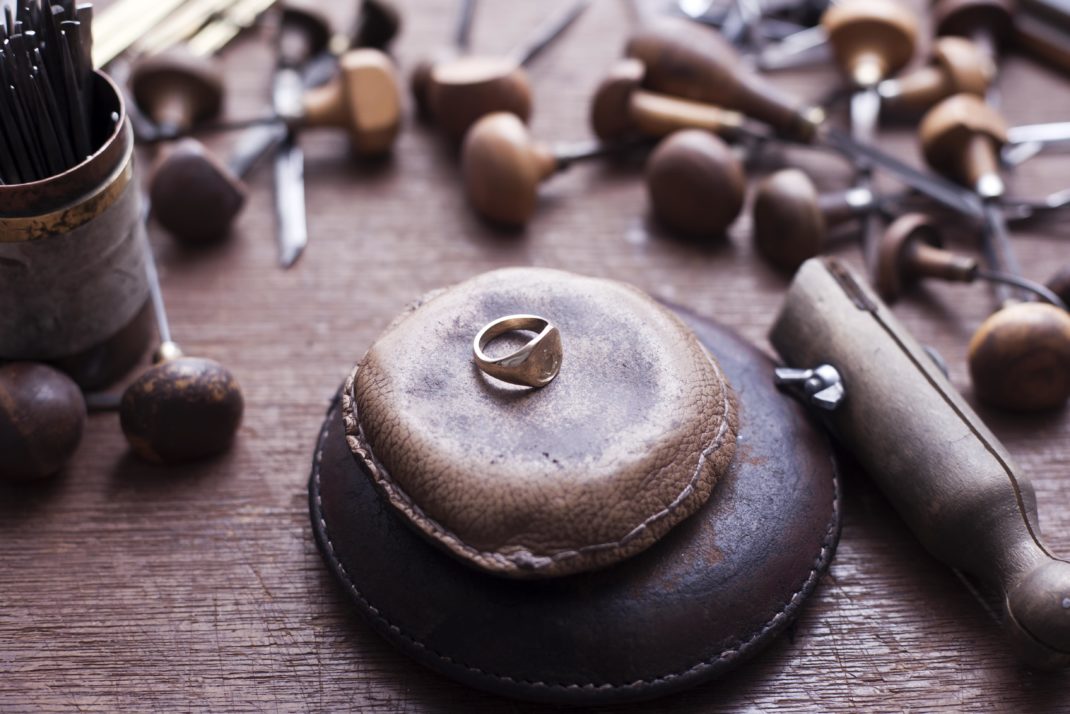
You might imagine, as you wander around London’s swankiest jewellery areas, that the gemstones sparkling in the windows, or the prestigious Royal Warrant hanging above some doors, are the biggest assets of the stores you pass. But no – British jewellers’ best assets are the loyal and remarkable craftspeople who dedicate their lives to transforming designers’ visions into intricately detailed, exquisitely-crafted reality.
Many of them begin five-year apprenticeships at 16 and then move between workshops before settling. Alan Pither has been at David Morris for 22 years, Alex Sheridan at Theo Fennell for 35, and his colleague Staffan Haggstam for 30. However, some are nearing retirement and workshop numbers are diminishing. Pither apprenticed at Cartier in 1972 and joined David Morris in the late 1990s. He remembers around 30 people in the workshop in those days, whereas now there are only six. However, they’re the most highly skilled, producing precious jewellery pieces that sell for tens of thousands of pounds. The celebrated goldsmith of the ’60s and ’70s, Andrew Grima, employed more than 30 in his workshops, ‘and it wasn’t [even] considered the biggest in its day,’ recalls Peter Scott, founder of court jeweller Cleave & Company, who was apprenticed to Grima in 1974.
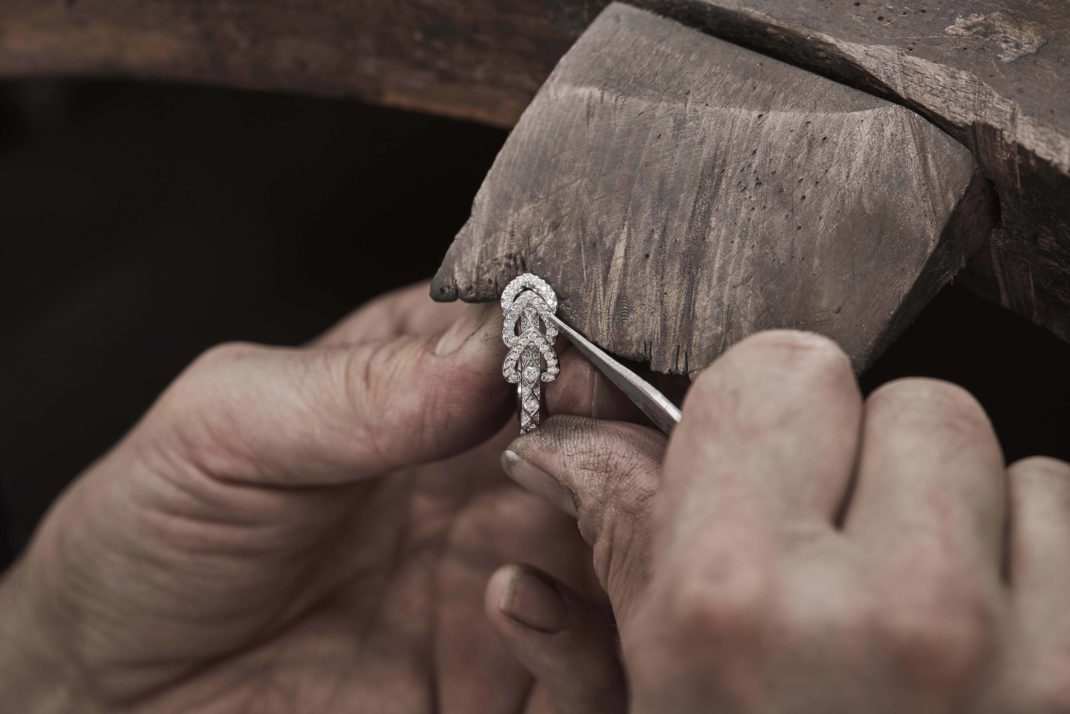
‘Andrew would take an apprentice on every year, who would work on saleable pieces by year two, so there were always four who would be revenue- earning as well as running errands and maintaining the workshop,’ remembers Scott. He sat at the same workbench as Haggstam (now at Fennell) who taught him skills and proffered advice. ‘Peter, it has to look as if it’s been handmade, it mustn’t be perfect, like it’s been made by a machine,’ Haggstam would urge. These jewellers learn every skill, from mounting, setting and polishing precious jewellery to specialist crafts like enamelling and engraving – associated with the ancient British tradition of making insignia and decorations. ‘The skills go back centuries and even the workbenches have stayed the same, with leather pouches to catch loose metal,’ says Sara Prentice, creative director at former Crown jeweller Garrard & Co.
‘The apprentices still make the tools that stay with them throughout their life as jewellers,’ says Garrard’s head of design, Claire Scott, who was herself an apprentice to Prentice, sitting at the corner of her desk for six months, shadowing her and learning traditional skills like gouache painting. ‘A wonderful thing today is a willingness to test new techniques and find new ways of doing things,’ she adds. Garrard’s 2019 Muse collection, inspired by Queen Alexandra, required very fine filigree work that was fashionable in Victorian times, but is painstaking to achieve by hand. Garrard’s craft specialists invented new techniques to create a similar effect in a modern way. Fears that these skills will be lost as the older generation retires are worrying the jewellery business. Pither points to the ’80s and ’90s, when almost no apprentices joined the trade, and many skills are now found more cheaply abroad.
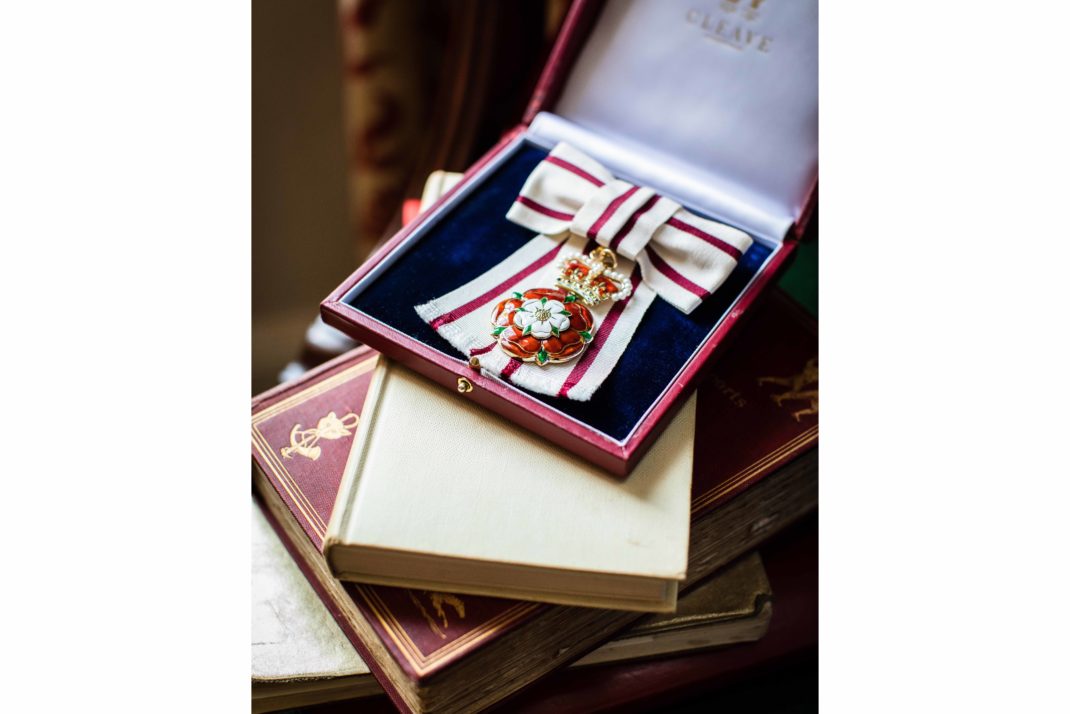
However, there is fresh hope thanks to a new generation of apprentices rising up through the Goldsmiths’ Centre, funded by the Worshipful Company of Goldsmiths, which was founded in 1327. The centre provides a foundation year and study time as part of a five-year apprenticeship. Cleave, Garrard, Theo Fennell and Rebus, the signet ring specialist in Hatton Garden, have all recruited apprentices from there. ‘School tried to push me into the university system but I wanted to do something artistic with my hands and so I had to fight my corner,’ says Jordan Kippax, who’s in the second year of her apprenticeship at Fennell. ‘My grandma gave me some jewellery and I thought it quite cool to make heirlooms for people to hold onto, with all the meaning these pieces possess, rather than something designed for fashion,’ she explains. Now she sits at a work bench beside Sheridan and Haggstam.
Gabriela Kucharska has been a designer at Cleave for six years, having graduated through the Goldsmiths’ Centre as its first design apprentice. ‘I didn’t know about this apprenticeship scheme when I was at school, but the person who taught me jewellery also taught there,’ she says. Now she designs pens, jewellery, trophies and enamelled insignia for the court jeweller, founded 19 years ago. ‘Insignia are jewellery for generals,’ says her boss Peter Scott, who made the Garter Star for the Duke of Cambridge. ‘We believe it is the first new one in about 140 years,’ he says, explaining how, when one of the 24 holders of the Order dies, all their insignia are returned to the Queen to be re-awarded. Another skill learned at the Goldsmiths Centre is hand engraving, which, says Rebus founder Emmet Smith, uses tools and skills dating back thousands of years. Apprenticed at 16, he points to the need for ‘natural artistic talent and the ability to focus on a tiny area under an eyeglass for a job that could take three or four days’. The difficulty, he admits, is finding apprentices now who can sit still and stick it out.
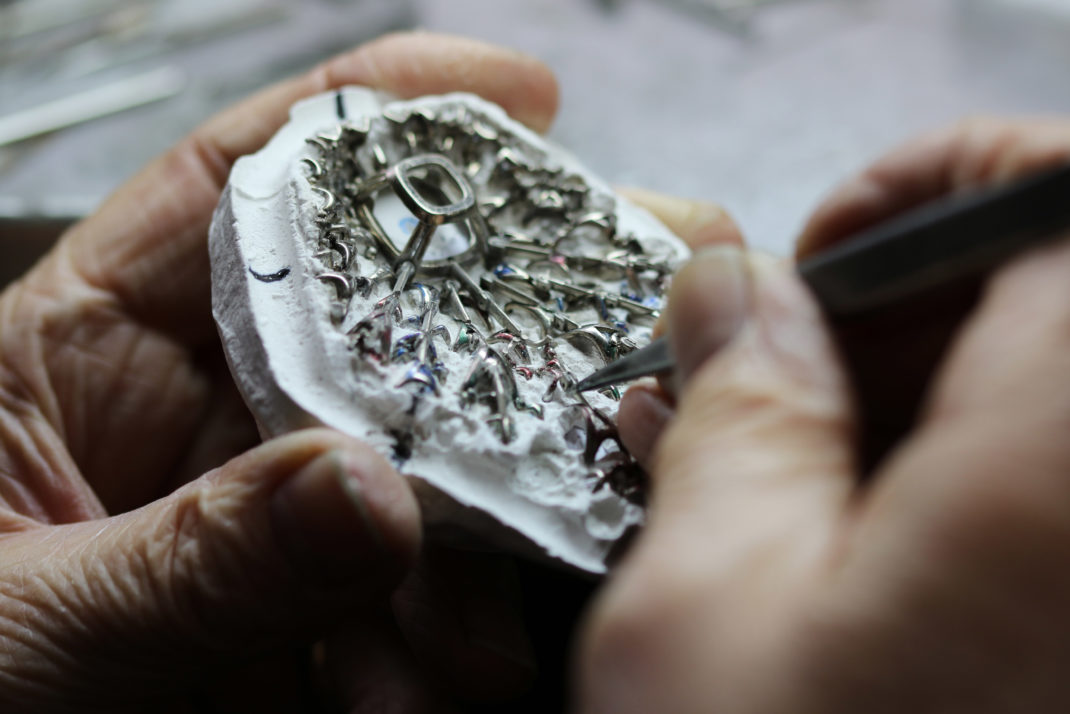
Alan Pither’s son, Lewis, is his apprentice at David Morris and the third generation in his family to go straight into the trade from school. ‘I remember starting on a big necklace straightaway,’ says Lewis, while his father adds: ‘There’s no mucking around on practice pieces, you’ve got to get straight into it.’ During lockdown Lewis was creating mounts using computer-aided design (CAD is one of the modern techniques appearing in workshops along with laser machines and 3D printers), for a spectacular diamond and ruby necklace the pair are currently completing. ‘So if anything goes wrong it’s all Lewis’s fault,’ teases his father. No pressure from the master, then.
READ MORE
Let’s Get Phygital: How Luxury Jewellers Are Adapting / The Best Sustainable Jewellery Brands

